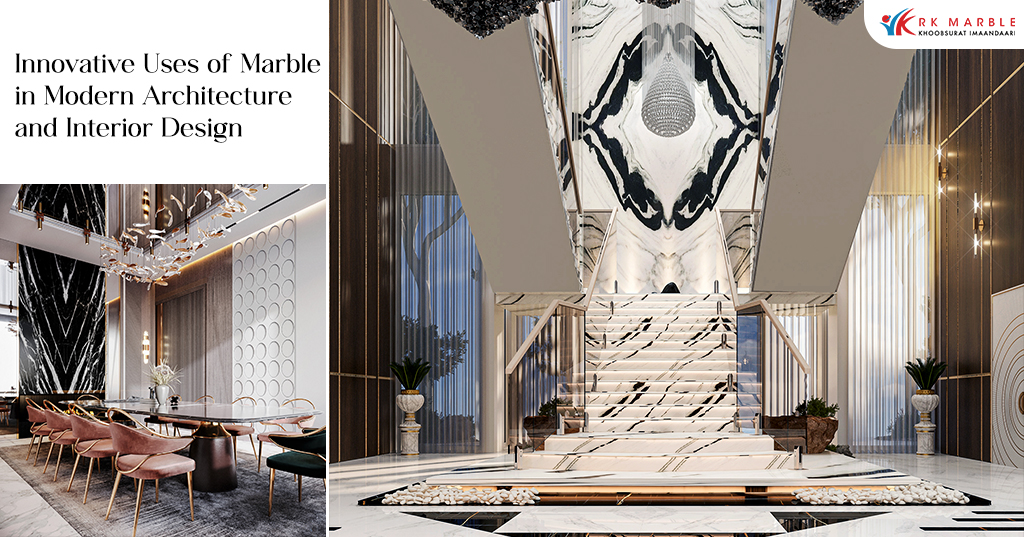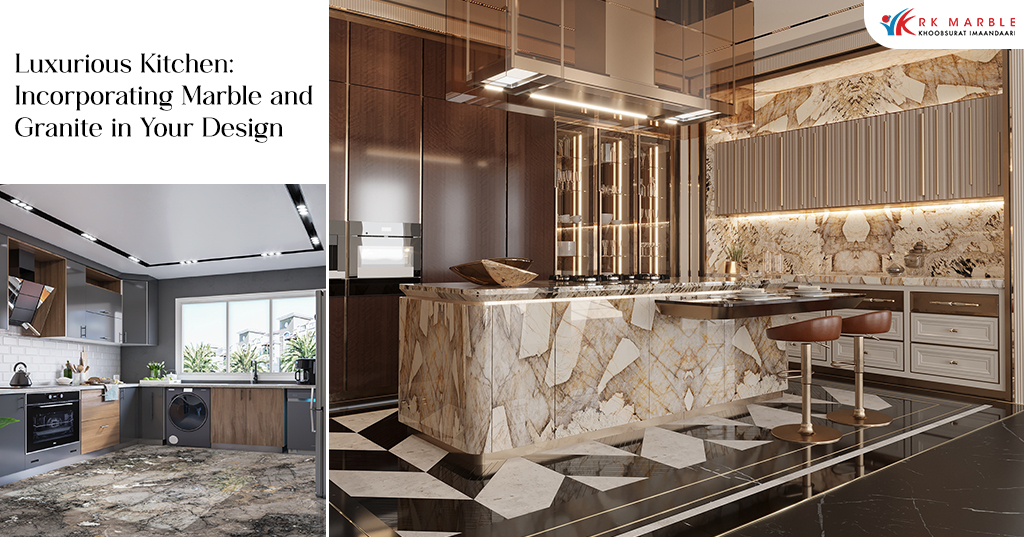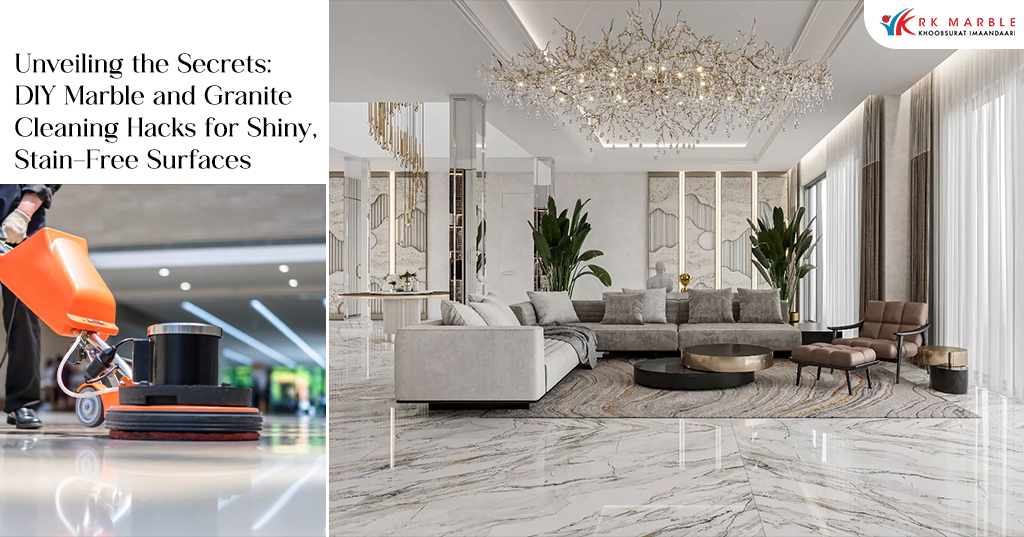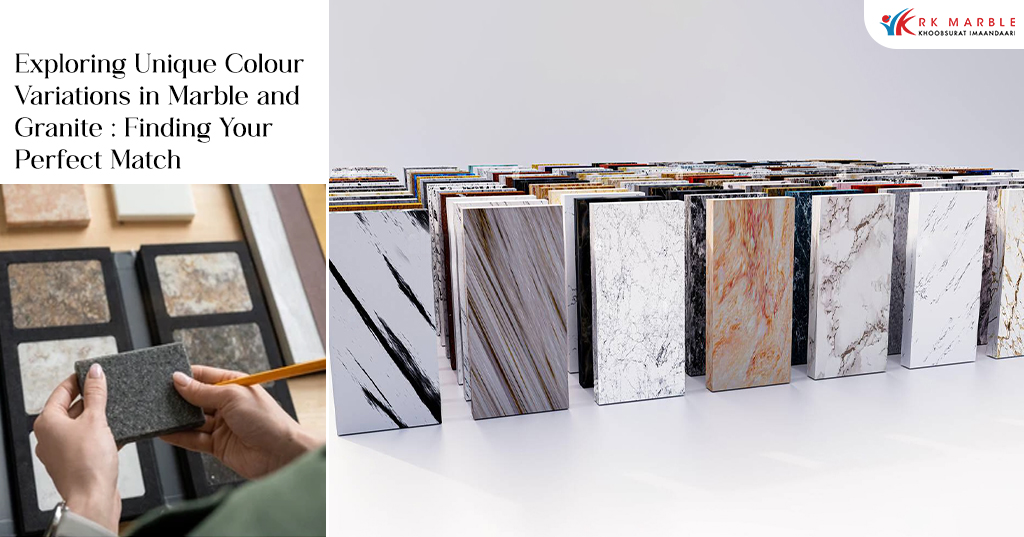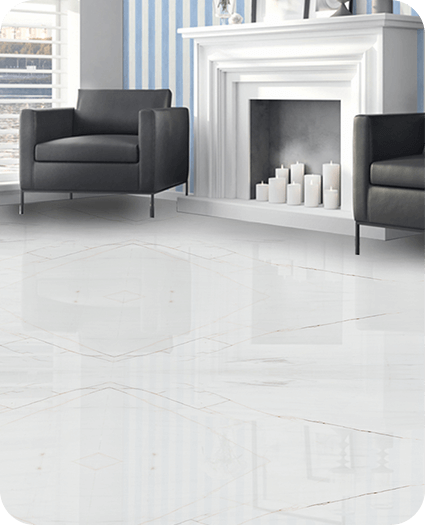
Imagine you go to buy a gold ring, but instead you get a gold polished ring or low quality gold ring, say 10 karat – or even worse – some cheap yellow metal that only resembles gold in colour. Would you be satisfied with the imitation?
Engineered marble is like the low quality gold, cultured marble is like the gold polished ring. And painted ceramic tiles are like the cheap yellow metal imitation.
The word “marble” in their names can throw most people off. But what exactly are these?
Essentially, these are artificial marble varieties that are commercially available as a substitute for natural marble. Let’s talk about them in detail:
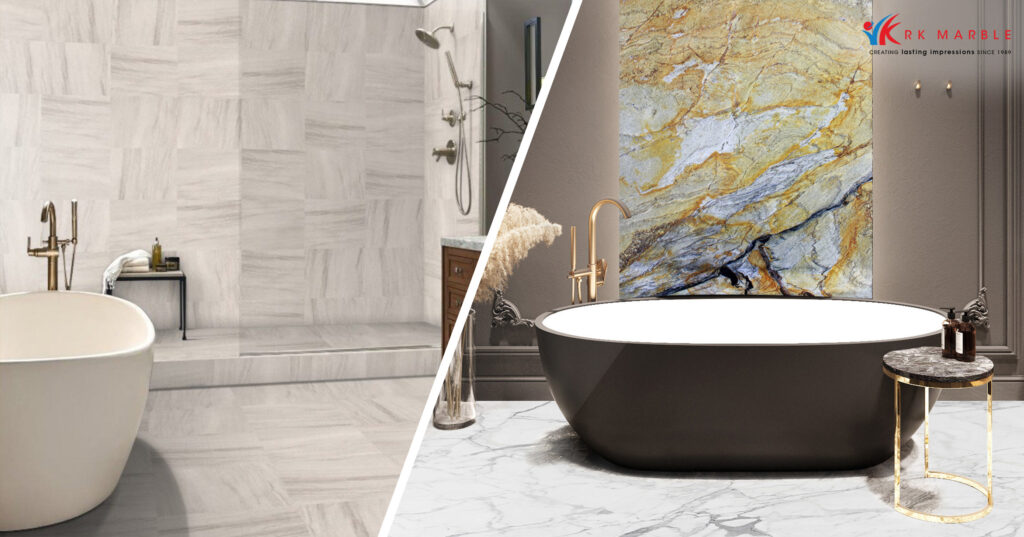
What is Engineered Marble?
Engineered marble is reused natural stone fragments that have been bonded with a very small amount of resin. Commercial varieties may also contain polymers, pigments and other impurities. Unlike natural (unprocessed) stone which is porous, engineered marble is less pervious to moisture which can cause mildew. It is also more resistant to scratches and stains than quarried natural marble.
As Engineered Marble is man-made, its pigments cannot replicate the unique patterns of natural marble slabs.
What is Cultured Marble?
Also known as composite marble, cultured marble is recycled natural marble dust and chips that have been crushed, pressed, heated and bonded with resin. Some vendors also add glass, scrap metal or shells to increase the weight of the final product – however these are much cheaper in quality. The hot mixture is poured into a mould to set it in custom size and shape, and protected by a gel coating.
Ceramic Marble Tiles: This is stretching the definition of marble, so we shall not talk about tiles that are made to look like marble.
For ease of understanding, we’ll refer to cultured marble as engineered marble too throughout this blog.
All you need to know about Engineered Marble
Also known as faux marble and artificial marble, they are man-made and contain around 75-90% of marble dust. In simple words, it is a cheap imitation of natural marble that is only distantly related to the stone – hence, the name.
Is engineered marble same as natural marble?
No, engineered marble is not natural marble, although it is related. Engineered marble is made with marble fragments, dust and chips (the weaker particles or by-products of mining and processing) mixed with resin binder and pigments. It often gives the impression of low quality Indian granite, characterized by a speckled, uneven appearance.
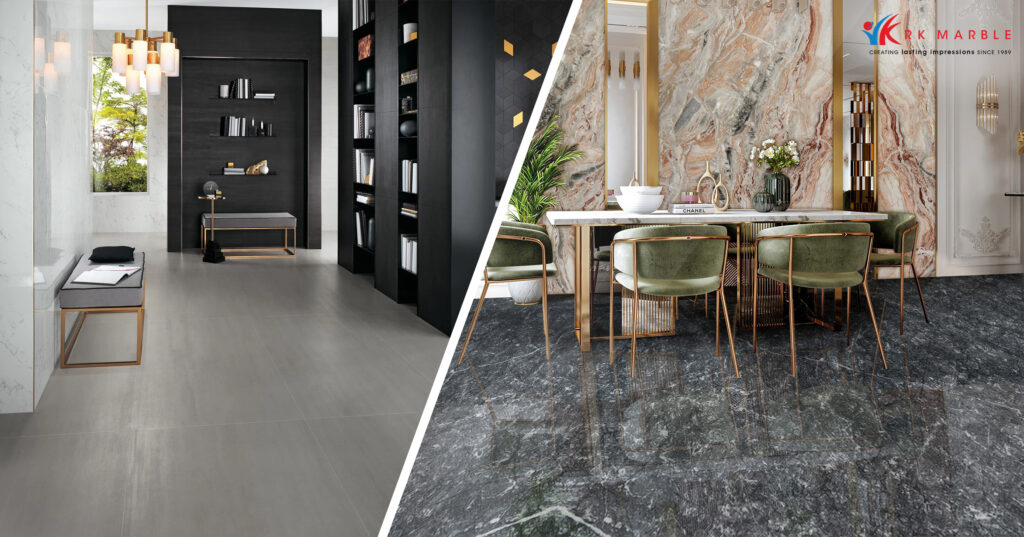
Pros of engineered marble:
- The initial cost is lower than that of natural marble.
- No colour variation or inconsistency of patterns. Since you have more control over the production process, you can choose a consistent shade and veining pattern, much like tiles.
- It indirectly helps in natural resource preservation by utilizing recycled or discarded products. Reusing the by-products helps minimize industrial waste.
- They come in standard sizes, perfect for commercial use. Albeit customizable, they usually conform to standard tile sizes for ease of use and transportation. Customization may drive up the cost though.
The gloss of engineered marble wears away quickly while natural stone’s shine is its inherent characteristic.
Cons of engineered marble
1. Zero quality assurance.
They are not exactly scratch resistant. Since they come pre-polished, their shine dulls visibly after installation. And once scratched, it’s difficult to repair and achieve the same look as before. In simpler words, engineered marble is not enduringly beautiful.
2. It stains easily.
While one of the said advantages of engineered/cultured marble is stain resistance, it is not so. Hard water, toothpaste, acidic liquids and common household spills can leave unpleasant stains that won’t be easy to remove.
3. It’s not heat resistant.
Engineered marble is not immune to thermoregulation. It will crack due to temperature fluctuations of the environment or even by spilling some boiling water on it. Marble or other natural stone is much more suitable for bathrooms, countertops and kitchen islands.
4. The gel coating cracks over time.
The gel coating applied to give it a polished look wears down over time, developing small cracks and unable to protect the manufactured material anymore. This is called “crazing” and it enables moisture to enter through the surface, becoming a breeding ground for mildew and germs.
5. No scope for luxurious textured finishes
Due to the high resin content and low integrity of the material, engineered marble only comes in glossy finishes. On the other hand, premium quality marble comes in a range of surface finishes including floral patterns and matte textures.
6. The colour fades
Coloured marble, including grey marble and beige marble, will never fade in colour or shine. Even with heavy traffic and long-term use, the natural marble regains its beauty with polishing and proper sealing. That’s not the case with engineered marble. Its added pigments will fade with time, and polishing it will make it dull due to the high amount of resin used in manufacturing.
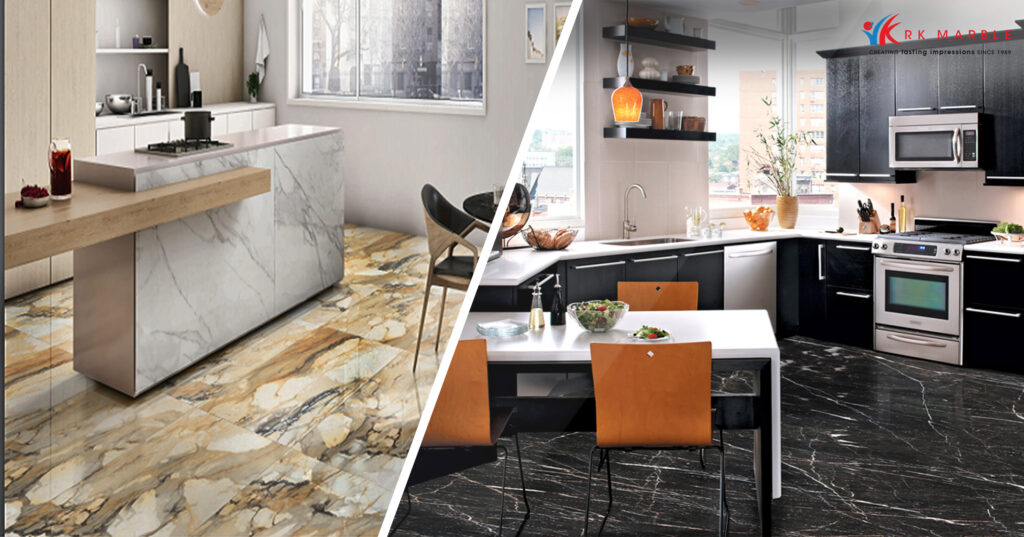
Application and use of engineered marble:
It can be used in commercial projects where you need to have a shiny, marble-like surface without high cost or spending significant span of time in careful installation. They are generally used in wall cladding or restrooms where there isn’t much heavy traffic.
Engineered marble is neither heat resistant nor scratch-proof. So it’s not ideal for use in heavy traffic areas.
Which is better: engineered marble or natural marble?
Since engineered marble is comparatively non-reactive and much harder than natural marble, it is extremely difficult to test its authenticity. You can only take the vendor’s word for it, and blindly trust their “quality assurance”.
On the other hand, there are many ways to check the quality of real marble. R K Marble invites you to check the quality of our premium imported marble at our showroom and warehouse, and see the difference for yourself.
Furthermore, due to its short lifecycle, engineered marble can drive up the cost of renovation – which will be certainly required sooner or later.
Frequently asked question about Engineered Marble:
Is engineered marble the same as quartz?
No. Engineered marble is made by marble fragments, hence shares the same composition as marble. On the other hand, quartz – another man-made material – is made from the mineral quartz.
Is engineered stone better than natural stone?
While engineered stone is not as long lasting as natural stone, determining whether it’s a good choice depends on the application and your project needs. If you are looking for a commercial option that gives a superficial shiny look, then engineered marble may be of interest to you. On the other hand, if you want quality that stands the test of time and an ageless glow, then natural marble is the inevitable choice.
Is cultured marble the same as engineered marble or natural marble?
Technically, no – cultured marble is not the same as engineered marble. As explained above, the only difference between cultured marble and engineered marble is the composition. Engineered marble is made up of larger pieces of marble that break off during mining and processing of quarried blocks. It consists around 80-90% of marble and little resin.
On the other hand, cultured marble is made from around 75-80% marble dust and chips, mixed in with other impurities to give it substance – and contains more resin than the former.
Final verdict: Engineered Marble vs. Natural Marble
Now, you can decide which one is better: engineered marble with a short, rather uncertain lifespan or pure natural marble that lasts decades.
